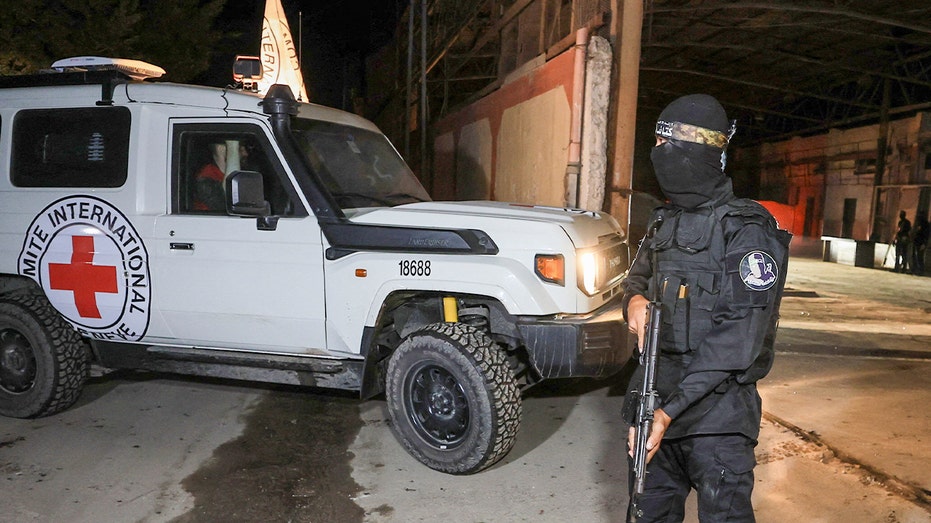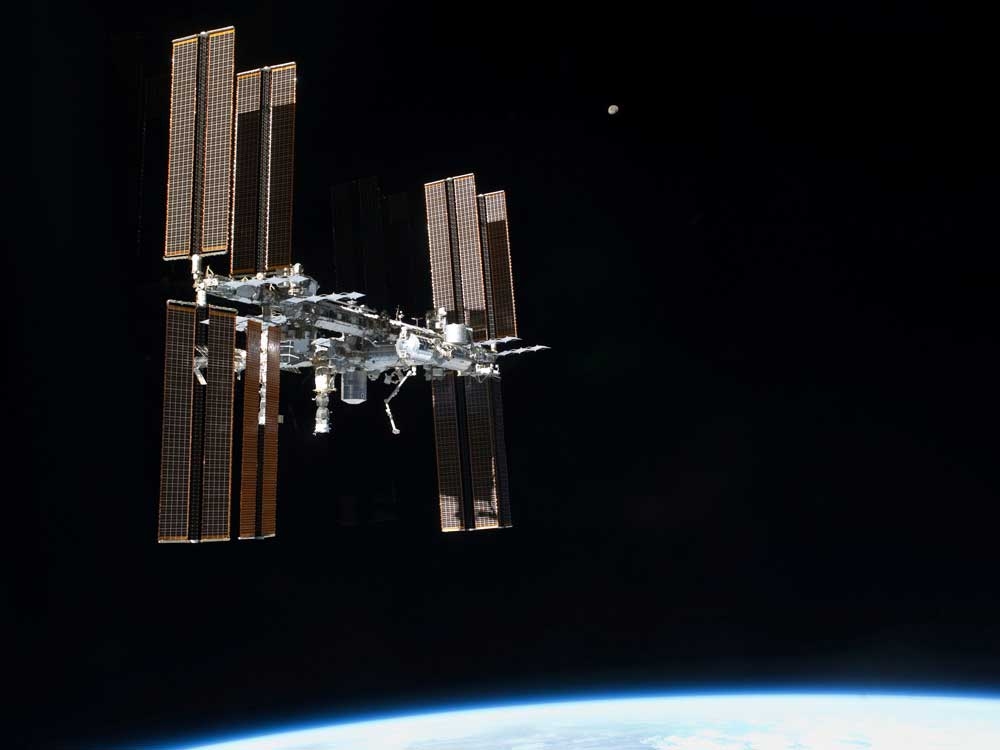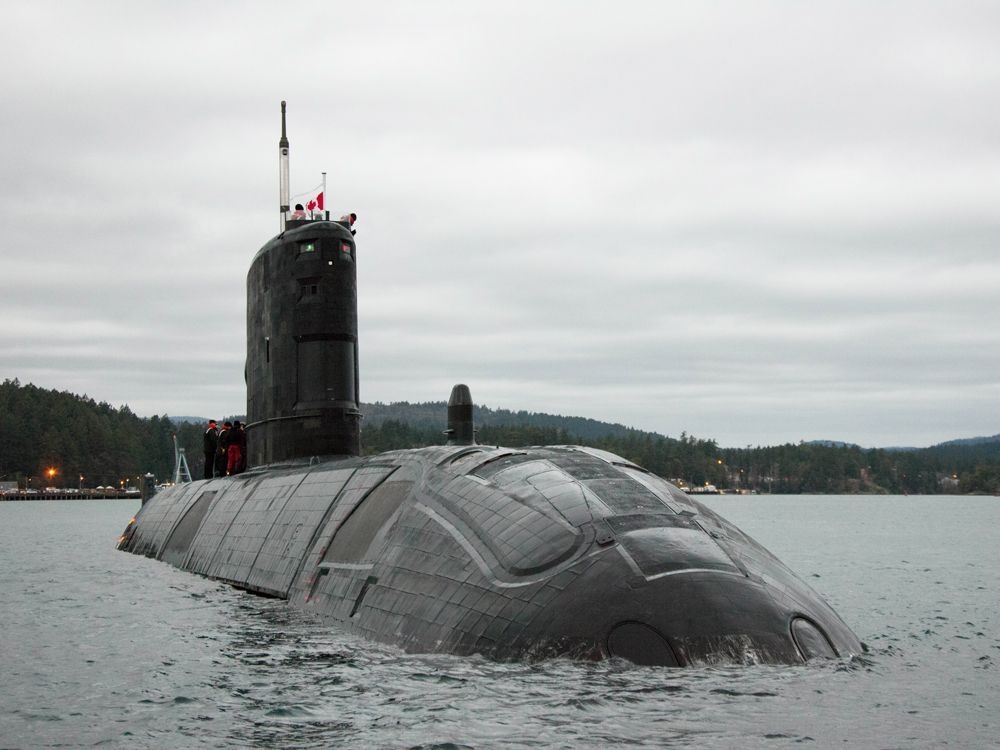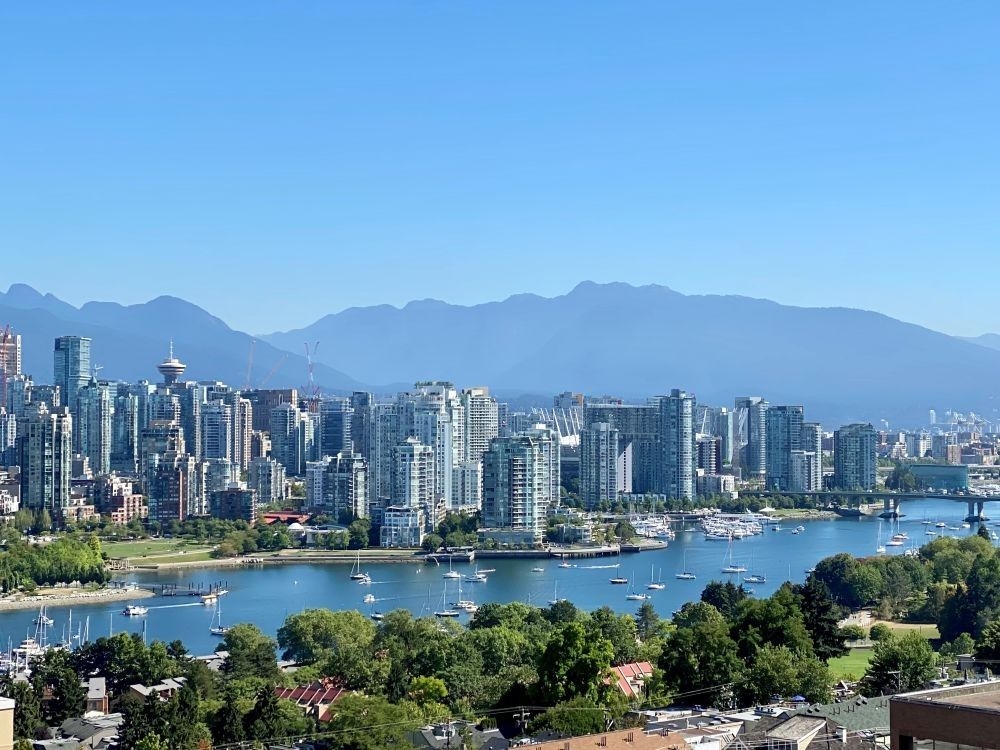The fury of Hurricane Melissa descended upon the Caribbean, leaving a trail of devastation across Cuba, Haiti, and Jamaica. It wasn’t simply wind and rain; it was a brutal reshaping of lives and landscapes. The storm, at its peak a monstrous Category 5 with 185 mph winds, unleashed a power rarely witnessed.
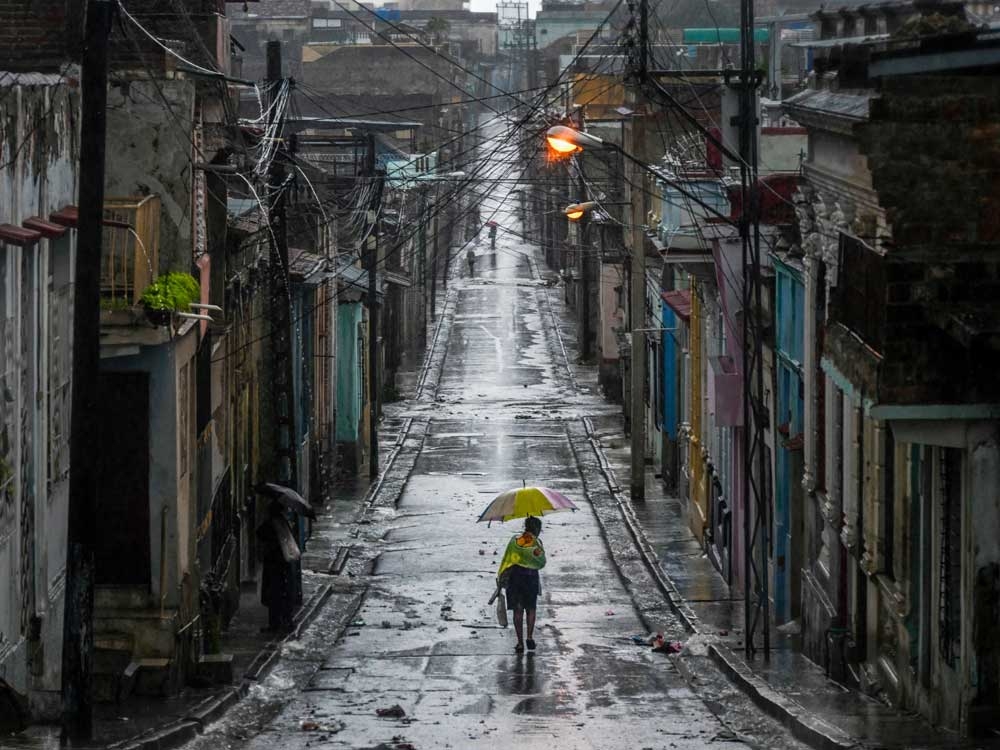
In Jamaica, the aftermath resembled a warzone. Landslides choked vital roadways in St. Elizabeth parish, turning streets into rivers of mud. Residents, stunned and soaked, desperately salvaged what remained of their possessions from waterlogged homes. Even designated shelters weren’t immune, with roofs ripped away by the relentless force of the wind. “I never see anything like this before in all my years living here,” a resident named Jennifer Small confessed, her voice echoing the disbelief felt across the island.
Haiti bore a particularly heavy blow. The southern coastal town of Petit-Goave was ravaged by catastrophic flooding when the La Digue river overflowed its banks. At least 25 lives were lost, homes collapsing under the surging waters, and residents remained trapped amidst the debris. The response was hampered by limited resources; only a single official from the Civil Protection Agency was on the ground, struggling to coordinate evacuations.
Cuba faced widespread destruction, particularly in the southwest and northwest. Collapsed houses, blocked roads, and stripped roofs painted a grim picture. Over 735,000 people sought refuge in shelters, bracing for the worst. Reinaldo Charon, a resident of Santiago de Cuba, emerged into the intermittent rain, wrapped in a plastic sheet, and simply stated, “That was hell. All night long, it was terrible.”
Shelters across Jamaica overflowed with over 25,000 people, the number steadily climbing as more homes were rendered uninhabitable. A staggering 77% of the island was plunged into darkness, a total communication blackout isolating entire communities. Officials acknowledged the arduous road ahead, recognizing the immense challenge of assessing the full extent of the damage.
The human cost was heartbreaking. A baby in western Jamaica tragically lost its life when a tree fell, a stark reminder of the storm’s indiscriminate power. An elderly man, David Muschette, sat amidst the ruins of his roofless home, his wet clothes and scattered furniture a testament to his loss. “I need help,” he pleaded, his voice raw with desperation.
The storm’s impact extended beyond immediate destruction. Cuba’s already fragile economy, crippled by shortages of fuel, food, and power, faced further strain. President Miguel Diaz-Canel warned the population not to underestimate Melissa’s lingering effects, acknowledging the monumental task of rebuilding.
Even as Melissa weakened to 100 mph winds and moved northeast, its reach continued to expand. The southeastern Bahamas braced for impact, anticipating storm surges up to 7 feet. The storm was growing in size, with tropical storm force winds extending almost 200 miles from its center.
Alexis Ramos, a 54-year-old fisherman in Santiago de Cuba, surveyed his destroyed home with a weary resignation. “Life is what matters,” he said, shielding himself from the rain. “Repairing this costs money, a lot of money.” The clinical hospital in the region suffered severe damage, glass shattered and walls crumbled, a symbol of the widespread disruption to essential services.
The initial toll stood at a devastating seven lives lost across Jamaica, Haiti, and the Dominican Republic, a number tragically likely to rise as rescue efforts continue and the full scope of the disaster becomes clear. The Caribbean faced a long and difficult recovery, a testament to the raw, unforgiving power of nature.
